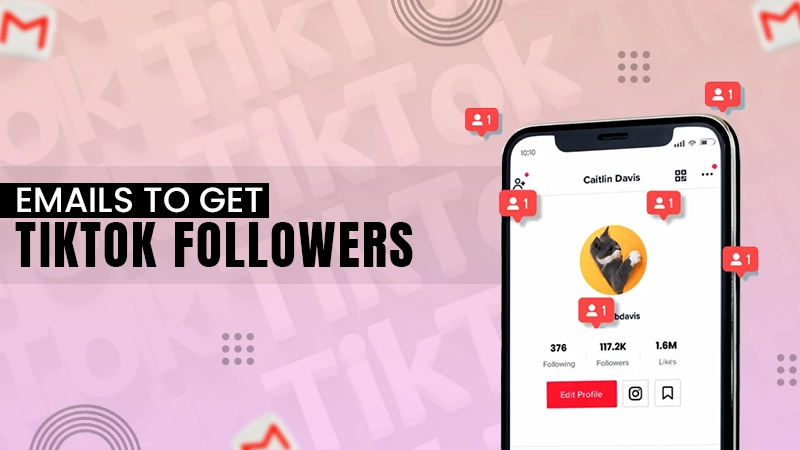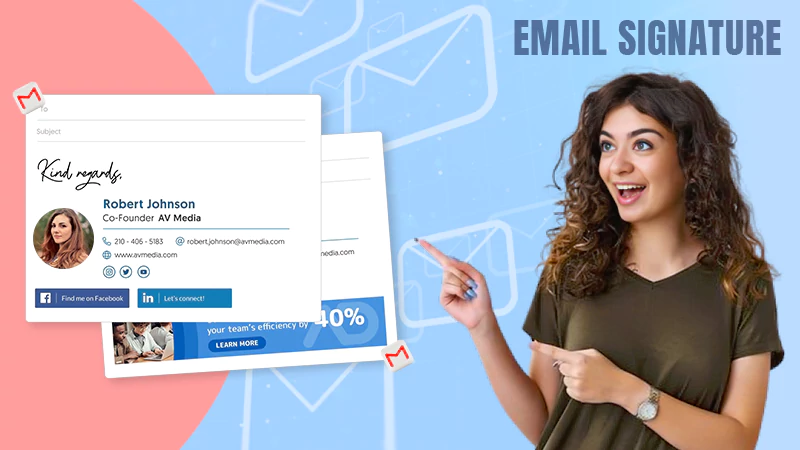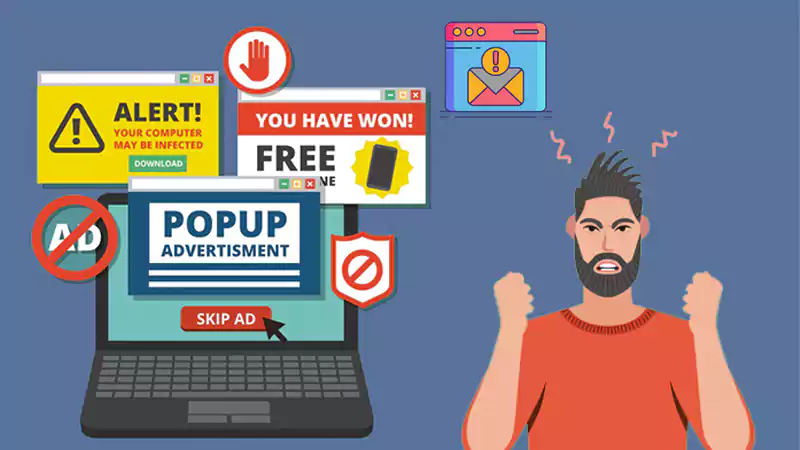One issue is causing many email marketers to upset themselves about the stats of their campaigns. Whatever they do, there are many unengaged users on their lists. In most cases, it’s not about the content of emails being bad.
It’s due to some users creating a dirty email list by not being active in general or by deciding that the information received isn’t relevant anymore. It is compounded when those users refuse to unsubscribe or aren’t sure how to do it.
It boils down to email marketers’ task to ensure their mailing lists are tidy by ensuring the proper hygiene of their email lists.
What Does Email Hygiene Even Mean?
Cleaning your email list or cleaning your email list is a “cleaning” process where you eliminate inactive, non-engaged, and bounced recipients from your mailing list.
Why Keeping Email Data Fresh is Important
A good habit of practices for email hygiene ensures that your engagement data is more precise, resulting in more click and open rates. Some users mark the email as spam, and when they do, their email system will forward your email directly to the spam folder, which wastes your time and resources. The reason for this is that they believe they did not sign up to your email list, even though they did, but did not remember.
The biggest problem is email messages you send to interested users will go to the spam bin also. If you can keep your list of email addresses tidy and free of “unengaged” users, you’ll be able to achieve higher conversions, leads, and sales rates.
Also, you’ll save money since top email marketing services like Mailchimp charge according to the number of emails you send out as well as the total size of the mailing lists you maintain. Some charge both! Each unengaged subscriber on your list will cost you cash.
Four Email Hygiene Tips Every Business Has to Consider
Change the Frequency of Your Emails
It is essential to use email exclusively for business, and receiving a distracting email sent at the incorrect time can leave us feeling angry. According to research, there are three times of the day when it’s most appropriate to send an email.
The first occurs between 5 am until 6 am when most users are checking their email and drinking coffee. The second time is between 10 am until 12 noon, when most entrepreneurs plan their time for reading emails and responding. The third period is between 8 pm until 12 midnight when users read emails before sleep.
It is also recommended to share relevant content regularly, at least once per day. If your company is starting and you are just beginning, you should start sending emails at least two times every month. If your open and click rates are promising, you can increase your email frequency to once per week. Make content that you send out every day of the week.
Do Not Use the Spam Filter
Spam filters are installed by an Internet service provider or their email services. In general, these filters send your emails to the spam box when your subject line and body are filled with words that promote sales, in essence. These rules apply even if you are sending a cold email using software or manually.
Examples of words promoting sales include cash, business, cheap credit, congratulations, and deals. The best marketers know how to craft great subject lines that are an integral part of a successful strategy for marketing via email.
Another method to help your emails not get caught within the filter for spam is to make your email’s body clean. Please do not make it appear like a brochure or advertisement. Your email should look more like a memo from a business.
Choose a single font size and color for the body of your email. Concentrate on getting right to the point, not exaggerating your recipient.
Remove Inactive Customers
The customers who are not active either set their emails to bounce automatically or they’re no more using their email address. As we’ve mentioned, email marketing services cost you for each email sent, regardless of whether the recipient has read your message or not.
Eliminating inactive users is simple. Many marketing automation platforms include an option to filter out those who have not opened their emails. You can then clean up your list of subscribers using the delete subscriber feature.
Never Purchase Email Lists
The idea of purchasing email lists is an ideal way to increase the market for customers. However, it’s not. You shouldn’t buy an email list as it will not provide you with the right contacts – people interested in purchasing from your company. Why? Because they don’t know about your products yet and are not at all interested in it.
If you purchase an email list and then use the people on it to create leads, you’ll get your emailing list dirty. Also, you’ll waste money as well as your marketing efforts.
Conclusion
Before removing users who have not been engaged from your list of subscribers, try reaching them before doing so. You can do this by offering them the option to unsubscribe from your mailing list and asking them to take an online survey so that you can determine the reason for what was wrong.
If you allow your customers to give feedback, you’ll produce material that can keep your customers from identifying your emails as spam. Additionally, you’ll prevent them from becoming disengaged from your website. If you notice that users haven’t responded to the questions, they are not active, which should go off your database.
















